There are a lot of sewing myths out there, and many of them were started because of the lack of thread technology advancement or a lack of other choices. While this is no longer the case, many of these myths are still around, so we’re debunking these 4 popular thread myths that are simply no longer true.
THREAD MYTH #1: ALWAYS USE THE SAME THREAD TOP & BOTTOM
One of the most common thread myths we hear is that you must always use the same thread on the top and in the bobbin. This is simply not true, and here’s why. As your machine sews, the top and bottom threads are pulling against each other for tension.
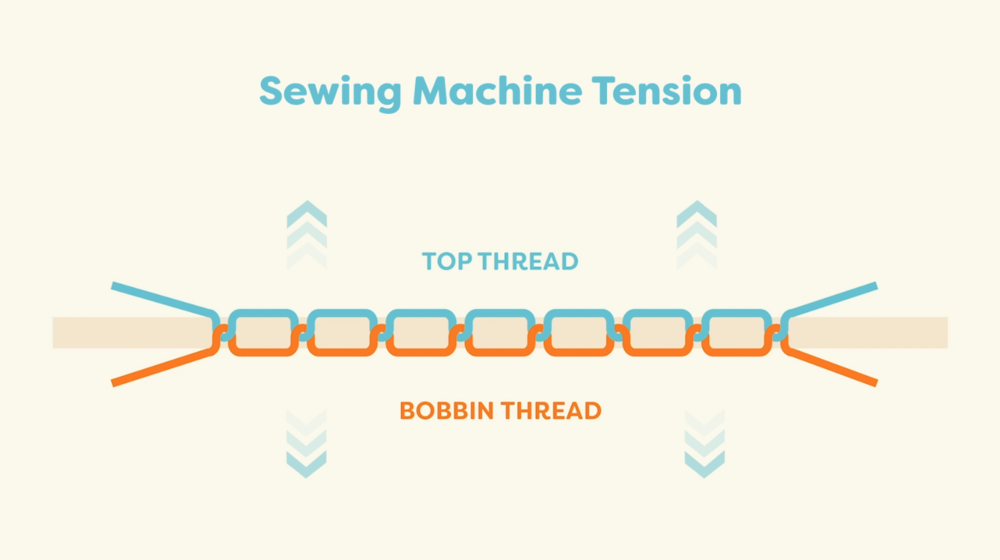
By choosing a finer bobbin thread such as our 80wt cottonized polyester called DecoBob™, the bobbin thread will always give way to the top thread. This allows for a smoother tension and fewer thread breakages.
If you’re using a 50 or 40 weight thread to sew, which is the most common medium weight thread, the thread adds more extra bulk to the seams than most realize. This 80wt bobbin thread is almost half the size of 50wt thread in comparison, and as a result will allow the stitches to lay flatter and the bobbin thread will show less.
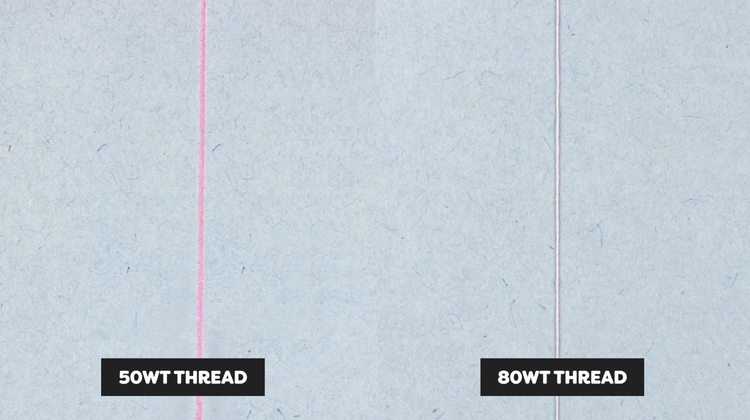
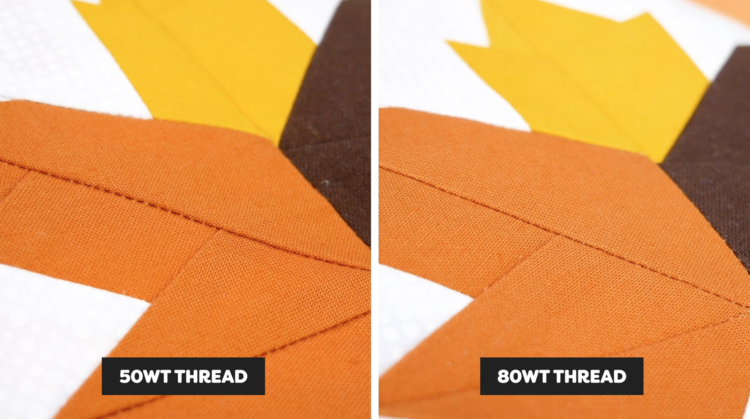
This is most especially noticeable in embroidery where you have a lot of dense stitching all in an area. In this embroidery, the top section used a 50wt white bobbin thread. Below it, we switched to a white 80wt pre-wound bobbin. You can literally see the difference it makes simply by choosing to use a finer thread in the bobbin.
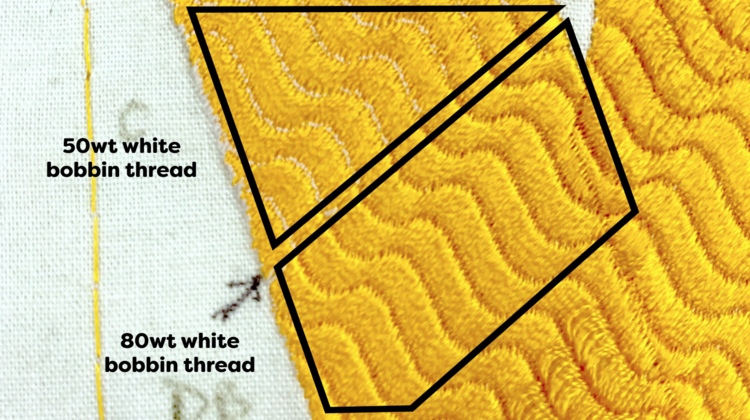
THREAD MYTH #2: EMBROIDERY THREAD IS ALWAYS 40WT POLYESTER
While we’re on the topic of embroidery, another thread myth we frequently hear is that an embroidery thread should always be a 40wt polyester. Don’t get us wrong, we LOVE 40wt polyester for embroidery and it’s a great choice, but you can also achieve better results by changing up your thread depending on what kind of embroidery project you’re doing.
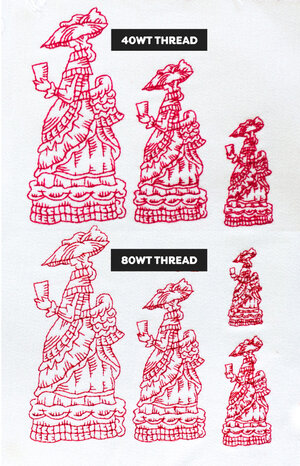
For instance, we stitched out several sizes of this embroidery pattern going from larger to smaller. The embroidery at the larger size looks great (top left), however as you get smaller and smaller, you start to lose the detail and the lines become squished together (top right). Any embroidery with many fine details benefits from using a finer thread.
Here we used DecoBob™ 80wt thread in the top and bobbin and you can see how many details are kept at a smaller size.
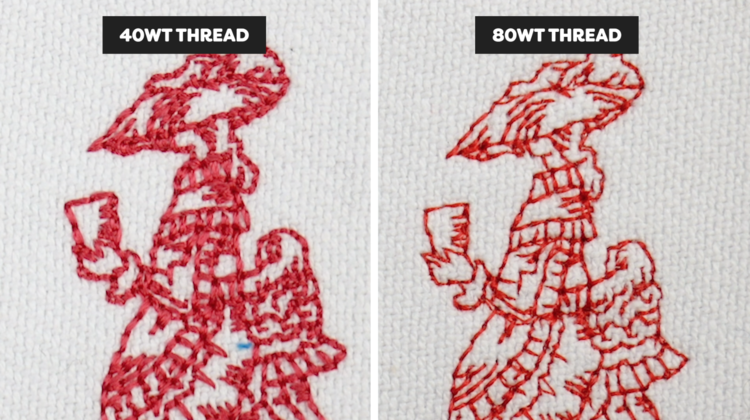
Same size embroidery design using 40wt thread on the left and 80wt thread on the right.
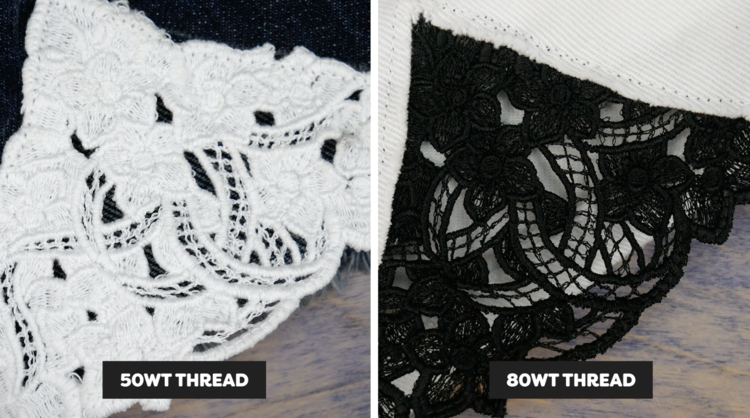
For another comparison, we stitched out some lace using a 50wt cotton. We then stitched out the same lace pattern using DecoBob™ 80wt thread and you can see how many more details show up in the lace with the finer thread. So if you’re doing any embroidery with a lot of little details, always choose a fine thread to make it with. The results are worth it.
However polyester isn’t your only choice for embroidery thread, what about rayon? Rayon and polyester have some differences.
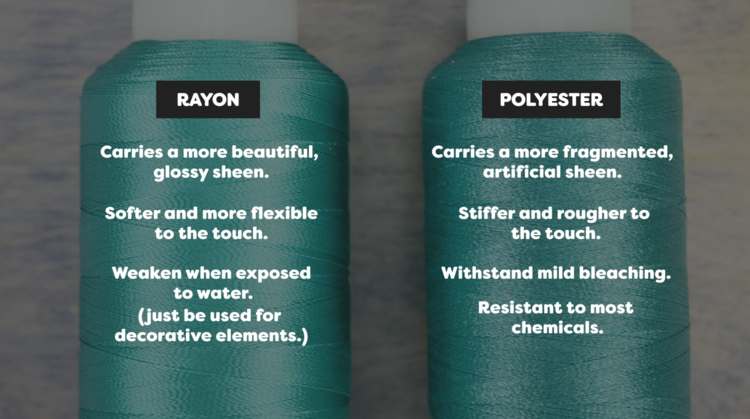
These are both good choices for embroidery, but knowing the properties of each material will help you make a more informed choice when choosing the best one for your project. Don’t forget that cotton thread is also a beautiful embroidery choice as it offers an organic, matte look. And metallic thread which is also a stunning choice for anything you want to pop.

Machine embroidery using 40wt rayon thread, Splendor™

Machine embroidery using 40wt polyester thread, Polyfast™

Machine embroidery using 12wt cotton thread, Spagetti™
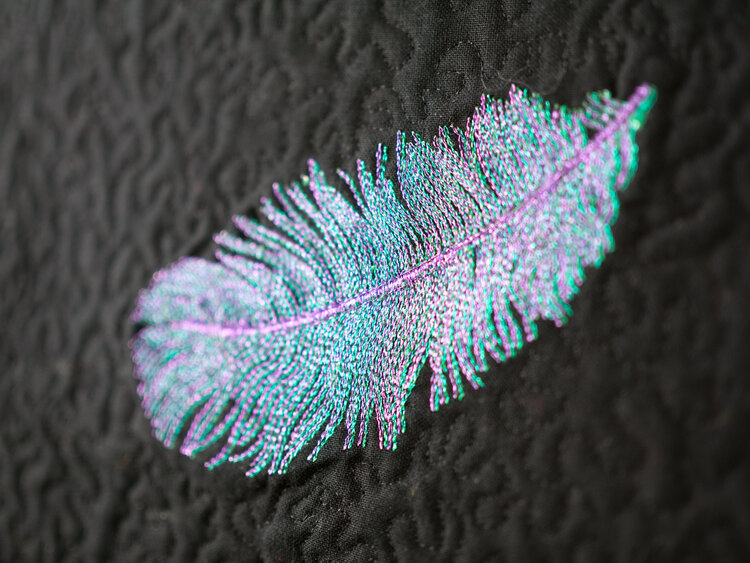
Machine embroidery using 40wt metallic thread, Spotlite™
THREAD MYTH #3: METALLIC THREADS ARE FICKLE AND ALWAYS BREAK TOO EASILY
Metallic threads have a reputation for being fragile and difficult to sew with. However it’s best to keep in mind that
1) not all metallic threads are made with the same quality.
2) thread technology has advanced from the last few decades and many of the previous problems have now been addressed.
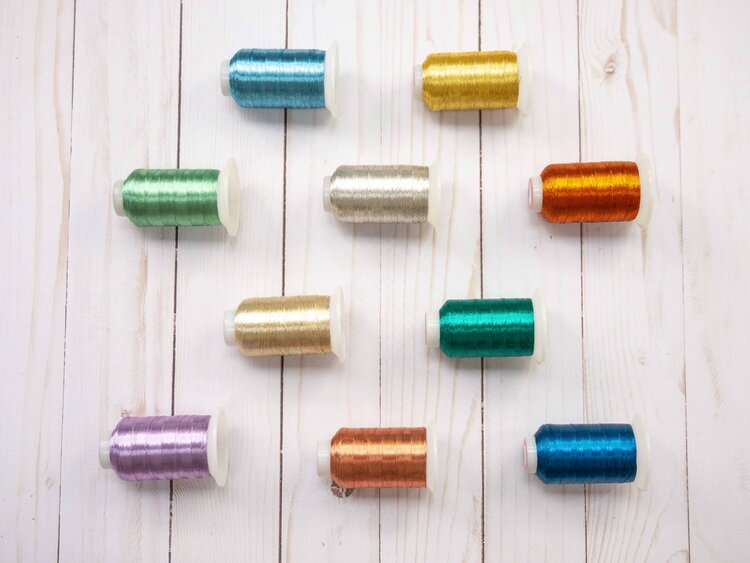
This is Spotlite, a metallic thread made by WonderFil threads. Something that makes it unique is that it uses rayon for its core, meaning the metallic foil is wrapped around a core thread made of rayon.
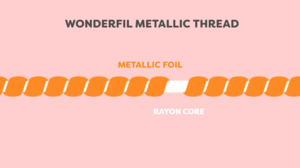
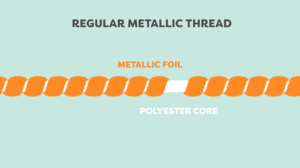
Many companies opt for polyester as the core due to its strength, however we chose a rayon core because rayon has ZERO stretch to it. As polyester tends to carry more stretch to it, as the thread goes through all the bends in the machine, the thread can stretch around those corners, causing it to break.
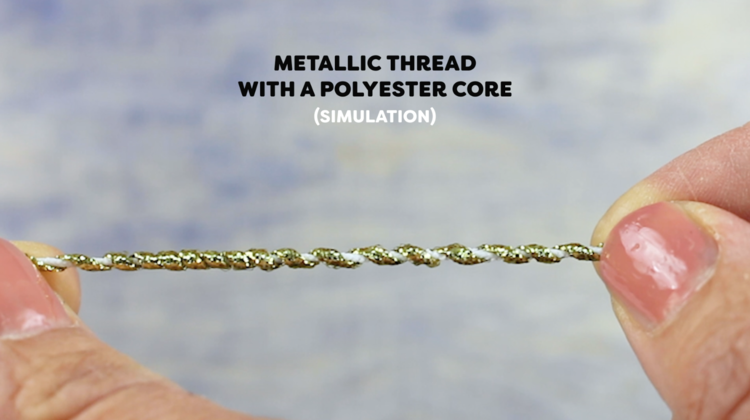
As rayon carries no stretch at all, this causes significantly fewer thread breaks and allows for a smooth sewing experience. It also means that stretching doesn’t pull the metallic foil away from the core, which would change the texture and reveal a different colour in the stitching.
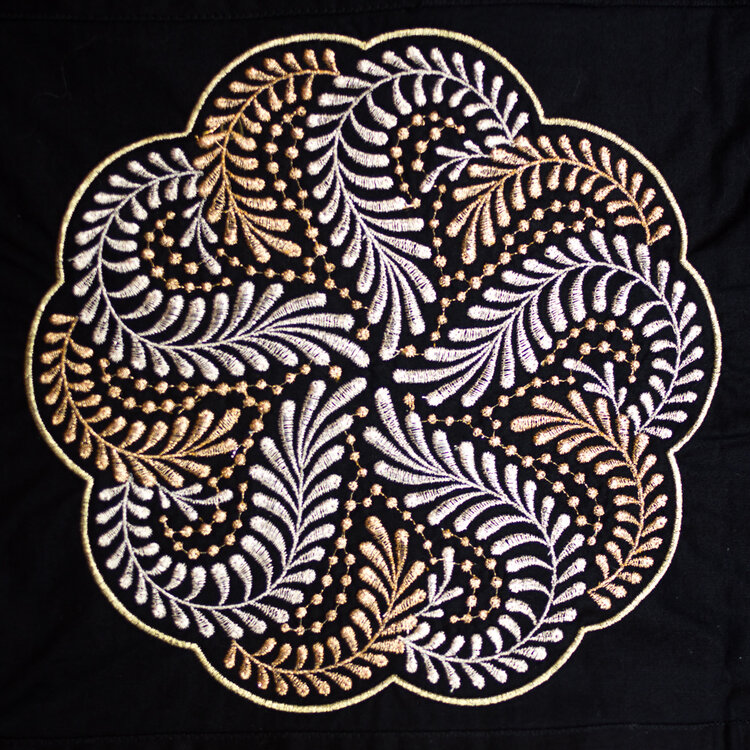
Machine embroidery using 40wt metallic thread, Spotlite™
THREAD MYTH #4: POLYESTER THREAD CUTS THE FABRIC SO YOU SHOULD ONLY QUILT WITH COTTON
This is one of the most common thread myths we hear because decades ago there was some truth to it. Since then, thread technology has made leaps and bounds in advancement, and polyester threads have become one of the easiest and best choices to sew with. Not only does the polyester thread not damage the fabric it is sewn into, it actually lasts longer and is more resilient than cotton over the years. It also carries next to no lint, meaning you’ll need to clean out your machine less frequently.
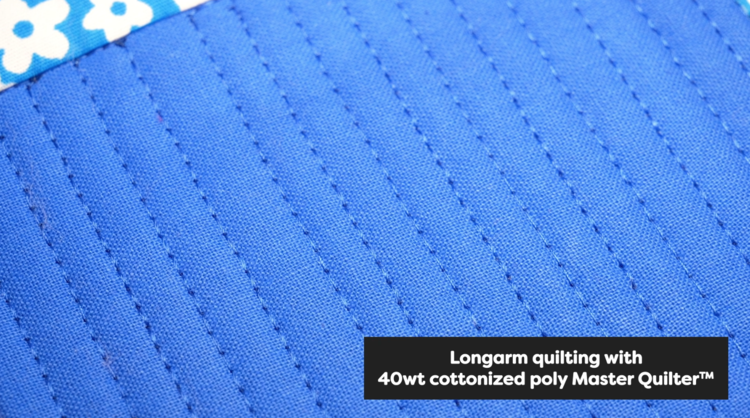
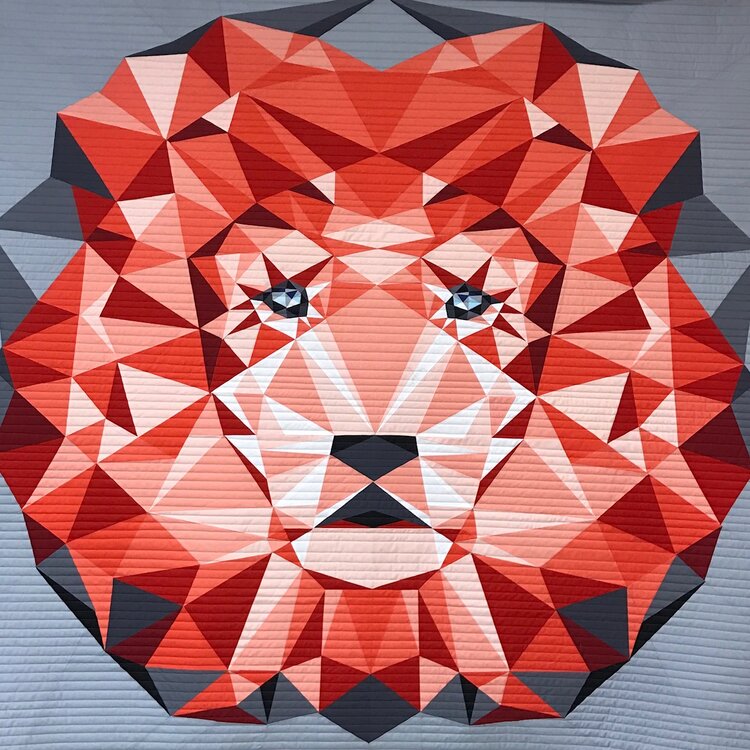
Longarm quilting using 100wt cottoninzed polyester, InvisaFil™
Always keep in mind that not all threads are made with the same quality. Many people spend thousands of dollars on a sewing machine only to feed it low quality thread that can cause all kinds of problems. Always choose a quality thread line to see the best results in your projects and save yourself the headache a low quality thread can cause!

